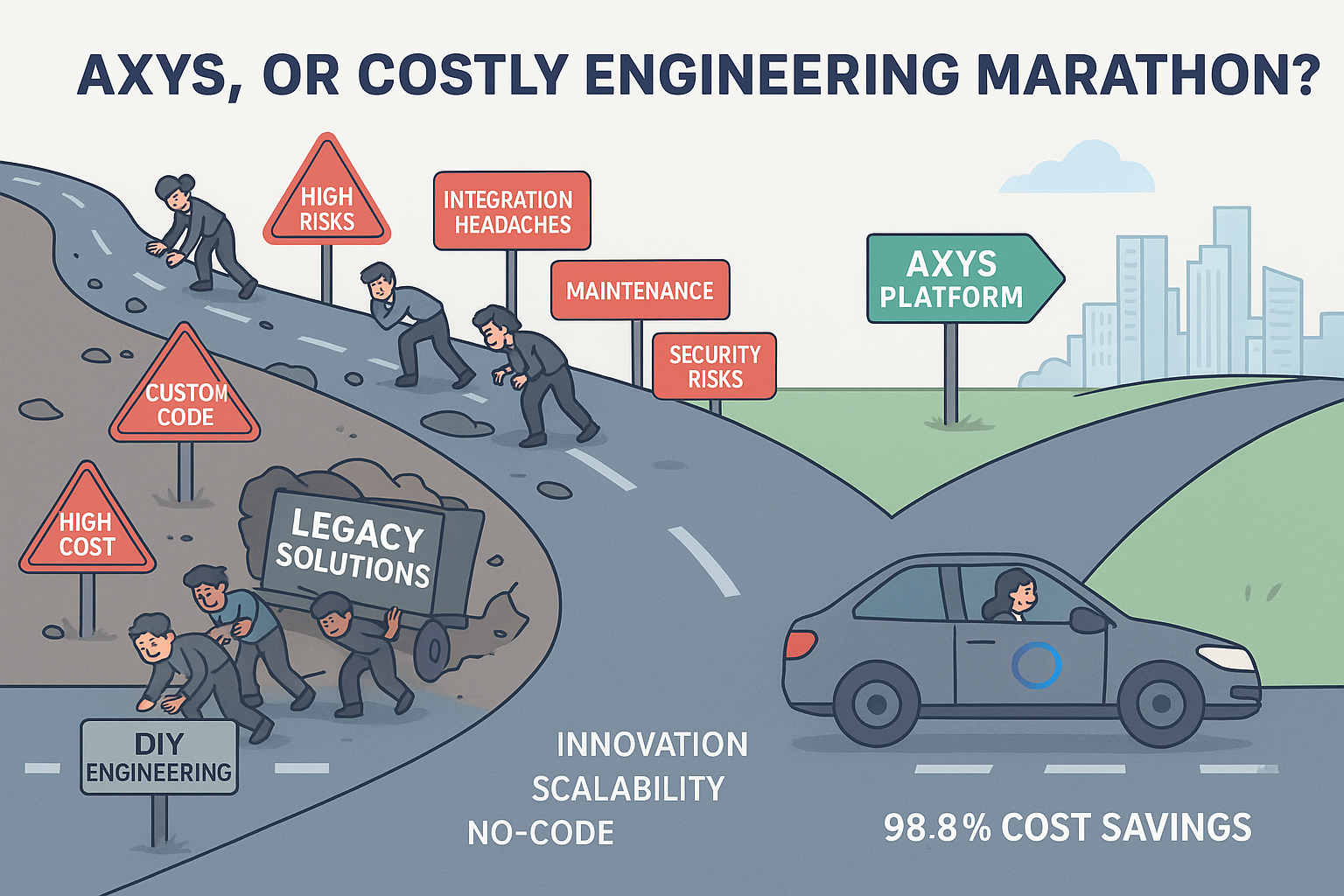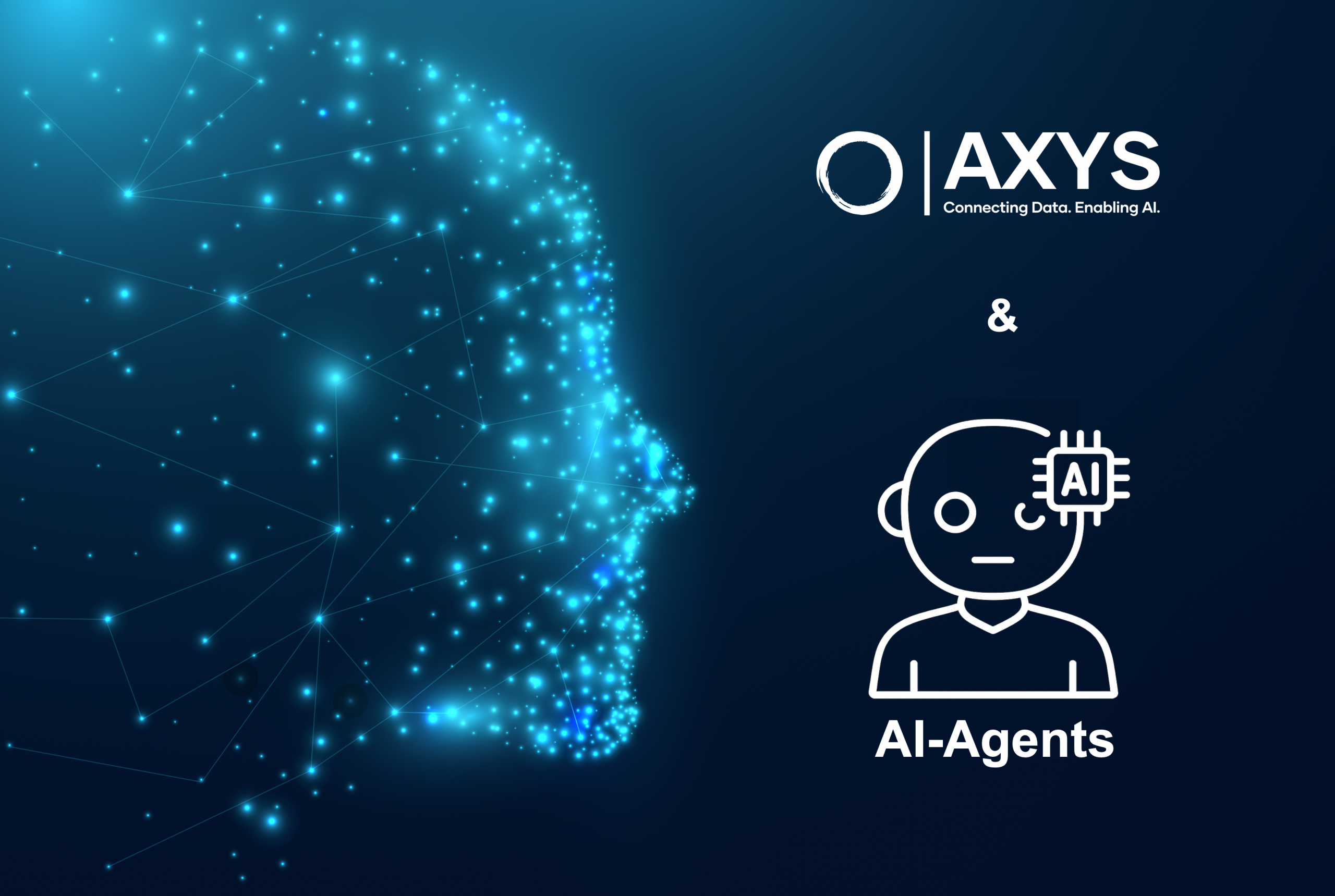Top 5 Checklist for Enterprise Search
Enterprise search technology is a complex and ever-changing realm. It is important to develop a top-five checklist when you are evaluating enterprise solutions for your organization. This list should include features, functionality, and cost considerations that will meet the specific needs of your enterprise, while also taking into account industry trends.
1. Understand Your Enterprise’s Search Needs
The first step in selecting an appropriate enterprise search technology solution is to understand the unique needs of your organization. Are you looking for a simple keyword search feature or a sophisticated AI-driven solution? Will the search need to rank documents, photos, videos, or audio files? Do you require more advanced capabilities such as natural language processing or text analytics?
2. Consider the Speed and Accuracy of the Results
In order for your enterprise search engine to be effective, it must deliver results quickly and accurately. The data must index carefully so that users can find what they’re looking for in the most efficient manner possible. Make sure that the solution you are considering has enough storage space so that no relevant information gets left out during searches.
3. Investigate User Interface Design
It is important to make sure the user interface design of the enterprise search engine reflects your organization’s branding and looks professional to potential users. The interface should be easy to navigate and provide an intuitive experience where people can easily find what they’re looking for without having to think too hard about it or get lost in intersections menus and other complex navigation schemes.
4. Assess Security Features
When selecting an enterprise search solution, security features such as encryption and authentication protocols should be taken into consideration to ensure the safety of sensitive information stored on company devices or in cloud-based databases that might be linked with the solution. It is essential that user access detail such as login information is secure at all times as well as activity logs detailing which areas are accessible by certain individuals.
5. Compare Costs Between Solutions
Finally, when comparing two different solutions for enterprise searches, it is important to consider both upfront costs (including licensing fees) and operational costs over time once the system has been implemented across your organization’s platform(s). Make sure you look at these two factors separately so you can get an accurate assessment of how much money each option will cost overall in order to make an informed decision about which one makes the most sense from a financial standpoint etc.


